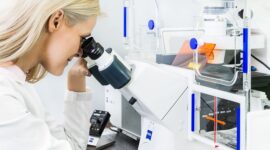
Consortium led by the University of Tartu received €30 million to upgrade the Estonian Centre for Biosustainability to a hub of digital biology
11.01.2023
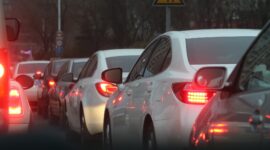
Europe is getting noisy – and it’s damaging our bodies
15.12.2022
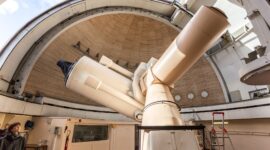
University of Tartu-led consortium embarks on European Galactic Astronomy project
05.12.2022
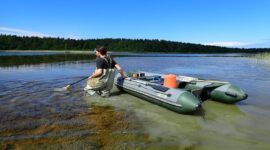
Estonian study sheds light on Northern pike genetics
26.08.2022
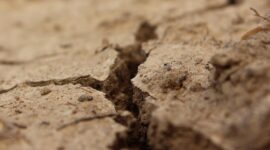
Estonian geologists are searching for traces of complex life in Earth’s crust
20.04.2022
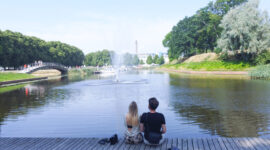
After landmark BlueHealth study, Estonian scientists gain blue infrastructure expertise
05.04.2022
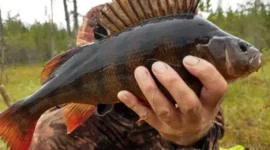
The perch became the ruler in the dark thanks to genetic changes
21.03.2022
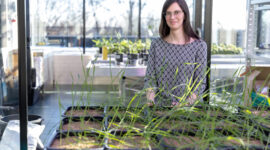
Prestigious ERC grant helps identify the impact of land-use change on plant species and soil fertility
17.03.2022
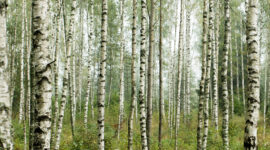
Trees may spend more energy to defend themselves as climate warms
24.01.2022
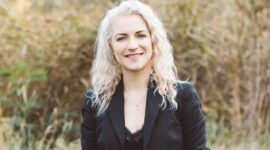
Should fossil fuel ash be allowed in eco farming?
22.12.2021
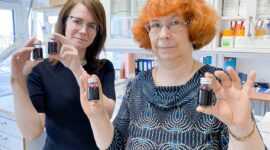
Scientists are working on a vegan shot packed with good bacteria
25.11.2021
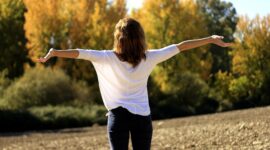
Study shows how dirty the air is in Europe
03.11.2021
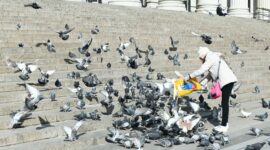
Bird diversity and human well-being depend on the greenery of the city
06.10.2021
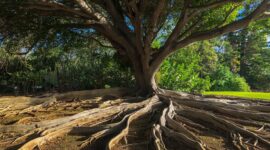
How fine-root traits fit in plant form and function
01.10.2021
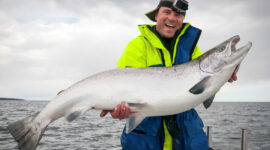
The Baltic Sea is recovering with the help of scientists
16.06.2021
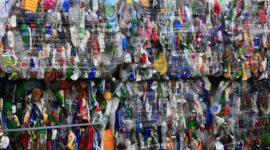
Corona Crisis Increased the Amount of Plastic Waste in the World
14.06.2021
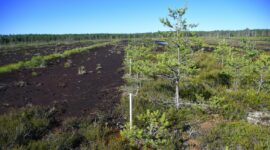
Restored peatlands store carbon and mitigate climate change
08.06.2021
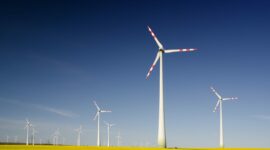
Study: All Measures of Green Growth are Politically Skewed
06.04.2021
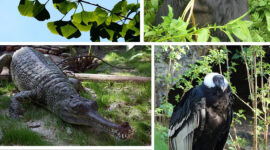
Functional consequences of global biodiversity loss guide future nature conservation
05.04.2021
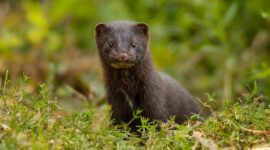
Study finds American mink to be main limiting factor of European mink
19.03.2021
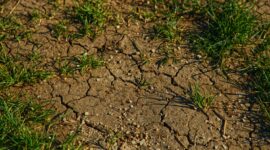
New dataset opens Estonian soil information for versatile use
26.02.2021
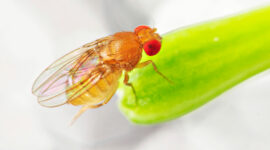
In the future, chaperones may help fight Alzheimer’s disease
18.02.2021
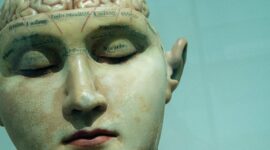
Visual figure discrimination is more closely related to linguistic thinking than generally believed
16.02.2021
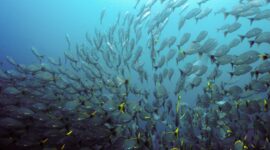
Links between pollution and cancer in wild animals: what can we learn?
12.02.2021